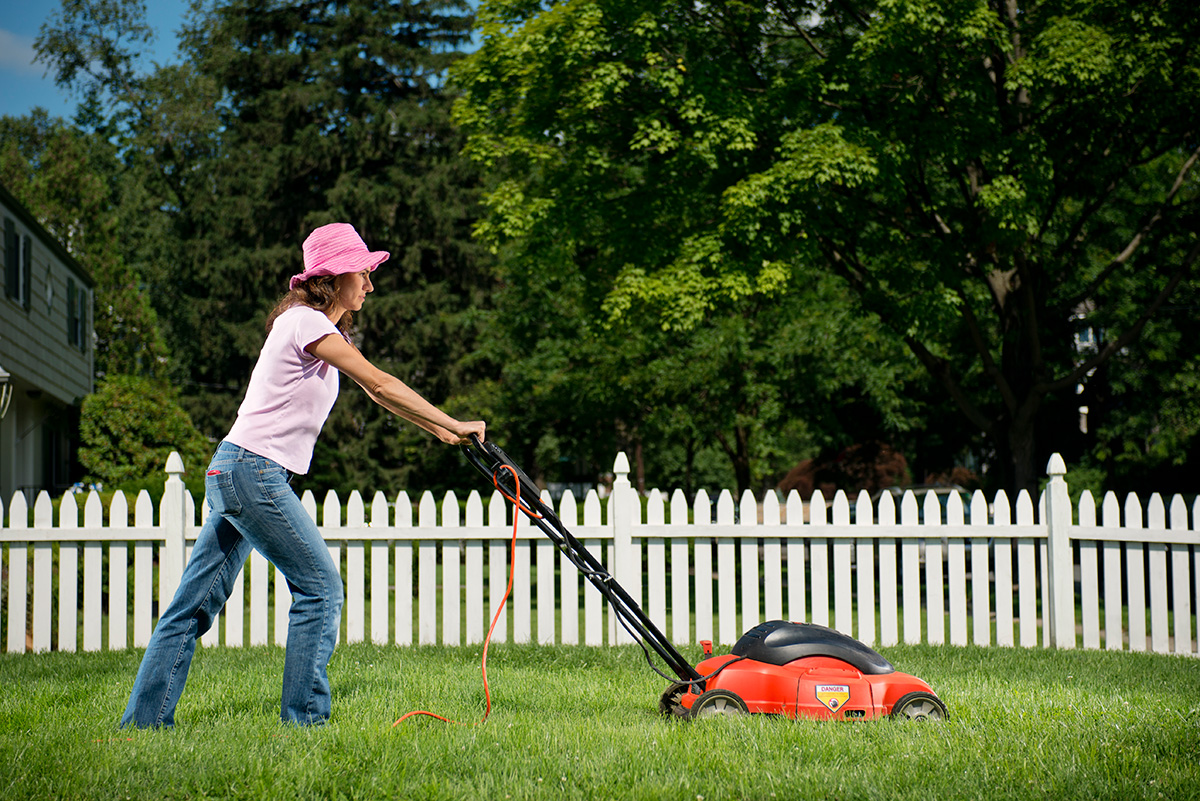YardSmart grass cycling
“Grass cycling” refers to leaving grass clippings on your lawn after mowing to naturally breakdown, rather than bagging them up. It’s an easy and convenient way to keep your lawn green and lush.

Benefits for your lawn:
Leaving grass clippings on the lawn also means less time spent bagging yard waste, and more room left in your green cart for other compostable waste.
How to leave clippings on the lawn
You don’t need a special lawn mower – just remove the bag and mow to leave clippings on the lawn.

Mow when grass is dry
Cut grass when the surface is dry and keep mower blades sharp.

Mow high
Follow the 1/3 rule and mow your lawn often enough so that no more than 1/3 of the length of the blades of grass is cut.
You may need to raise the height of your mower.
Grass cycling myths
Myth: My yard will look unattractive.
When properly cut, the small grass clippings left on the lawn are unnoticeable. If the grass clippings are clumping, mow in a different direction to get rid of the clump.
Typically grass clippings will disappear within 3 days of being cut, as they are full of water and decompose quickly.
Myth: My lawn will be full of thatch.
Thatch is a layer of dead plant matter that a lawn builds up just above the soil. While large quantities of thatch can be problematic, small quantities are beneficial to your lawn – it insulates roots and reduces evaporation.
Grass cycling does not add to thatch because of the quick decomposition rate of grass clippings. Thatch forms from loose living and dead grass roots, stems, and shoots that resist decay and is often caused by over-watering and over-fertilization.
Myth: Grass cycling will spread disease and weeds.
Mowing high chokes out weeds because it limits their access to sunlight and creates a fuller lawn, leaving less room for weeds to grow.
Grass cycling with proper mowing practices will not cause lawn disease. Lawn disease is more commonly caused by cutting grass too short, over- or under- watering, using a dull blade, or over fertilization.

